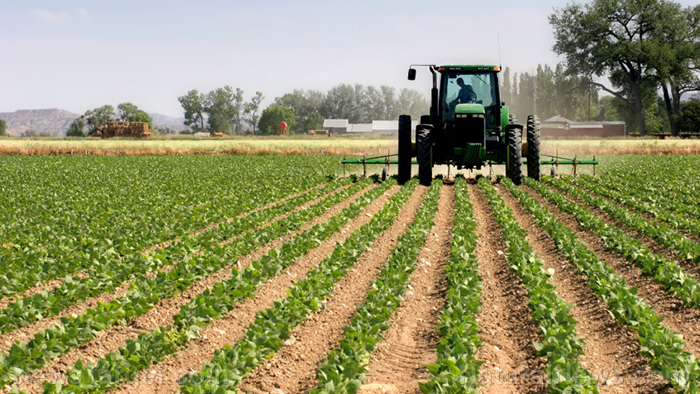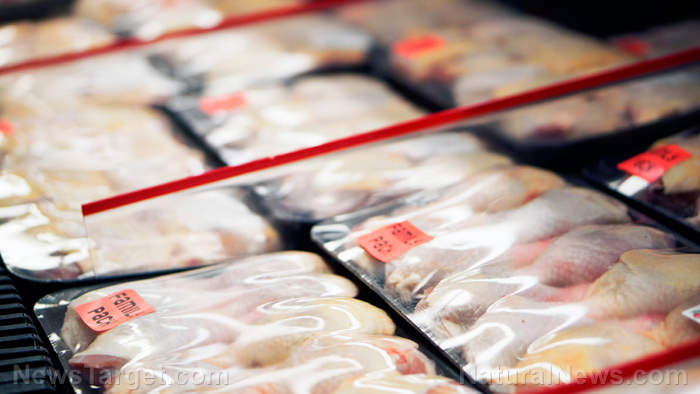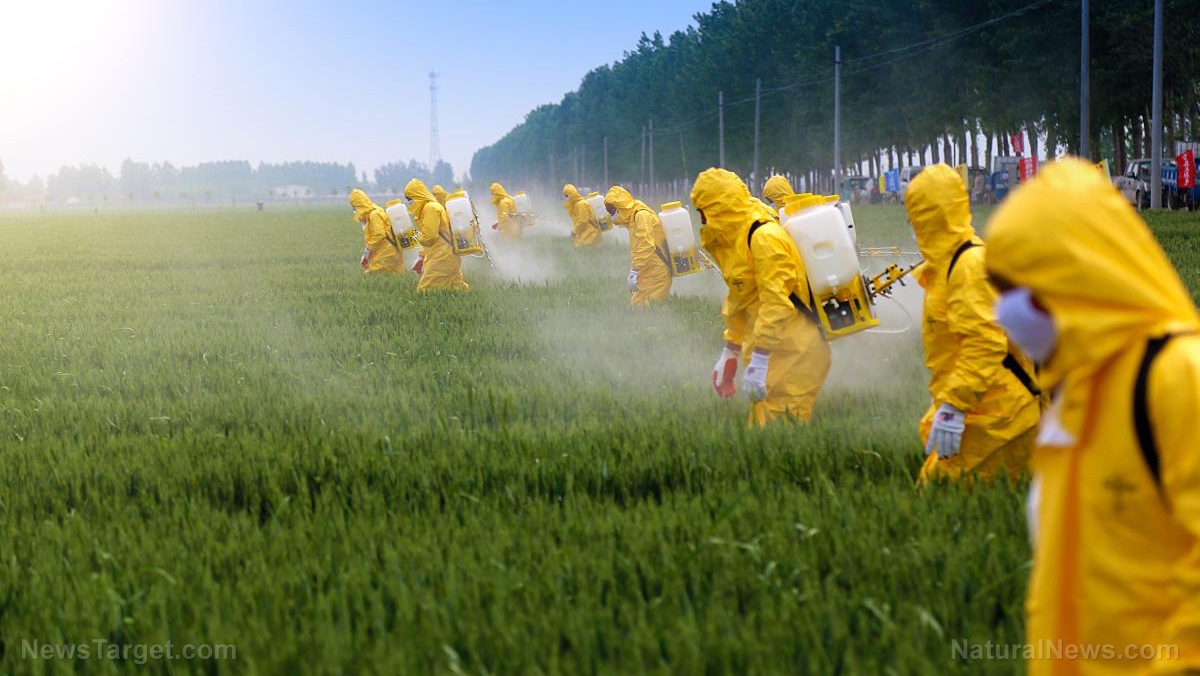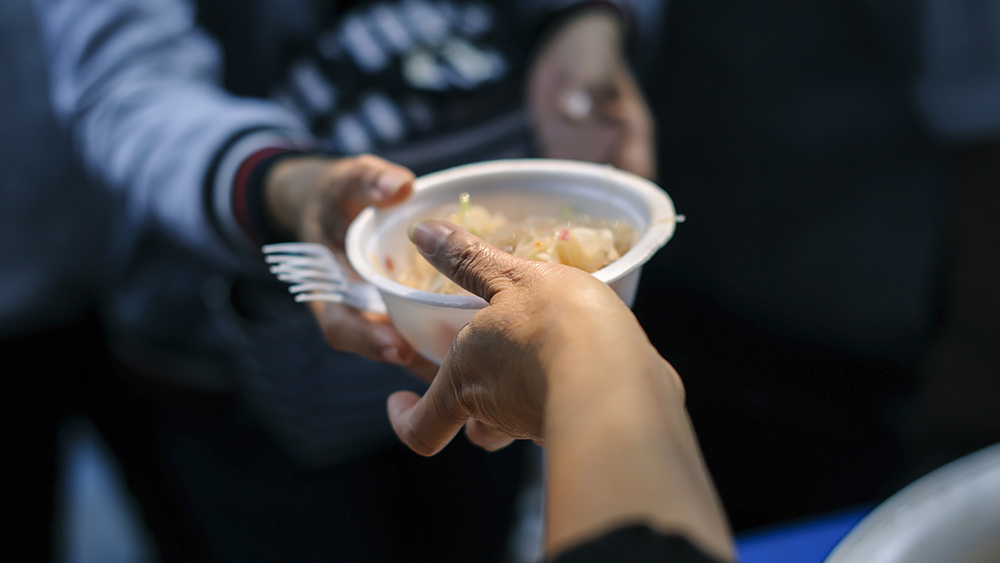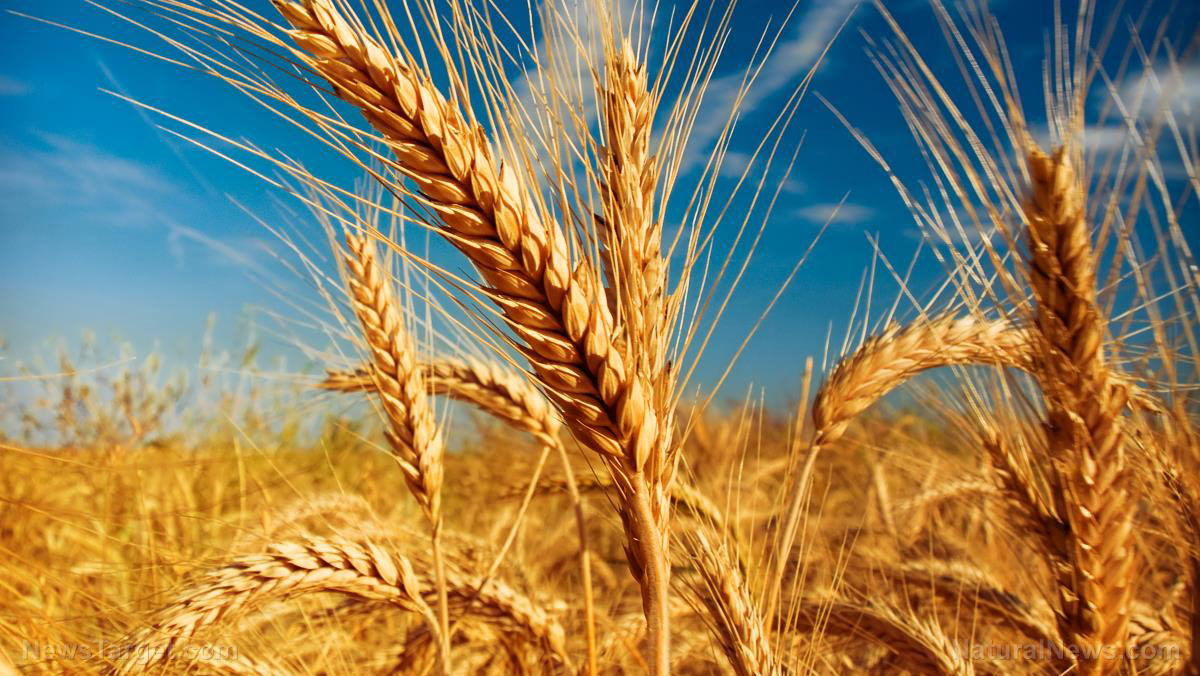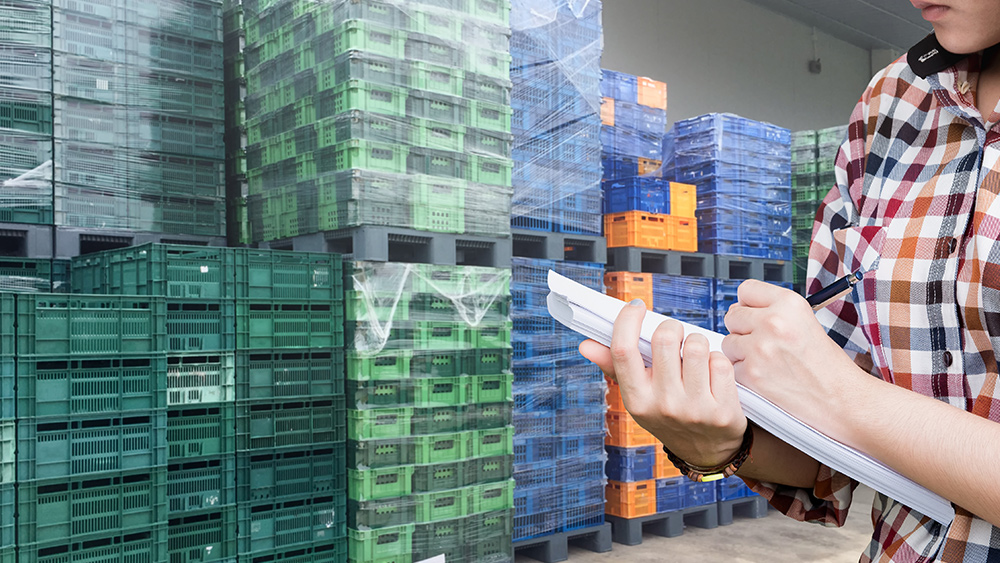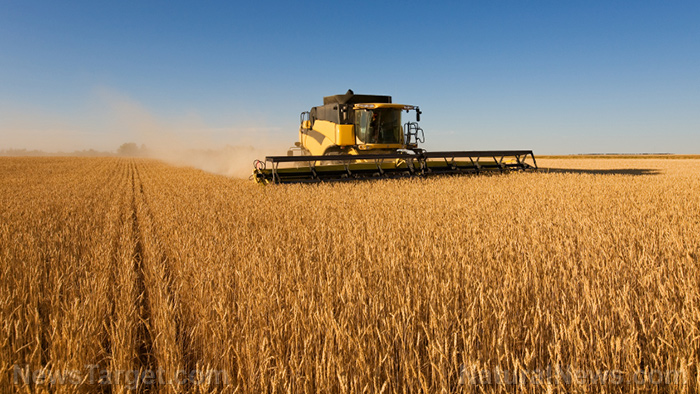“Devastating impact” warning as India moves toward halting RICE exports, leading to global mass starvation
06/02/2022 / By Lance D Johnson
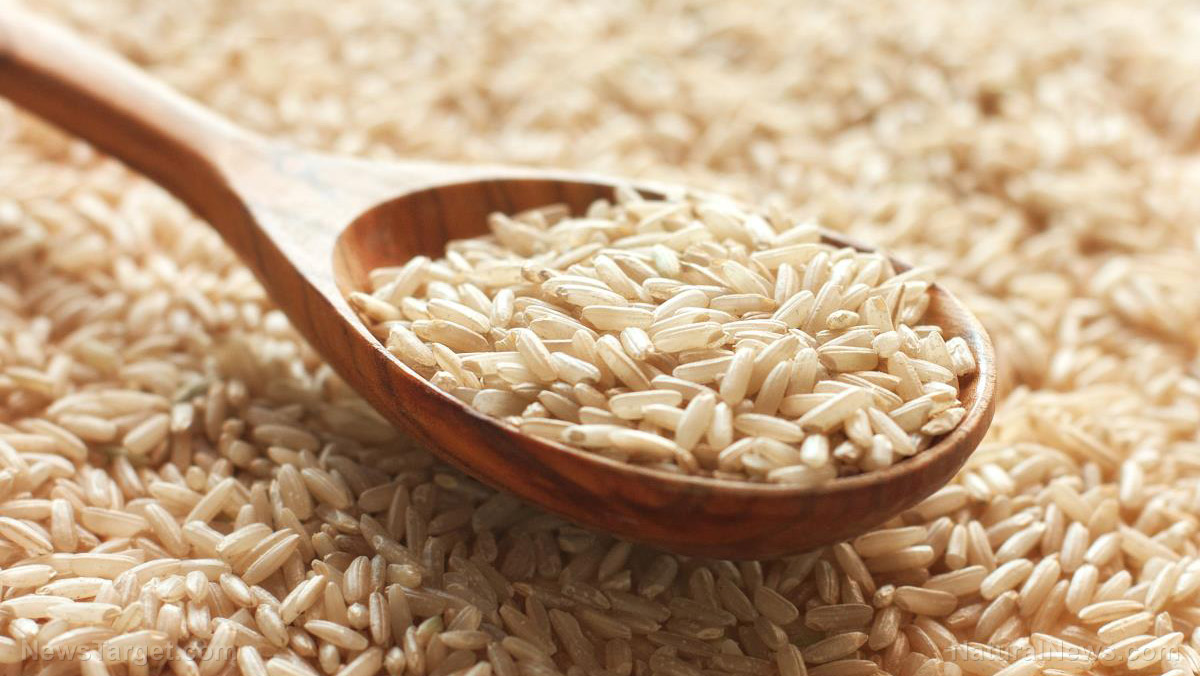
Economists are sounding the alarm after India put new restrictions on wheat and sugar exports. Radhika Piplani, an economist from Yes Bank Ltd. warns that rice may be next, as India begins to protect its local food supply.
“The government has already imposed restrictions on wheat exports; it’s a matter of time when restrictions on rice exports might be considered,” said Radhika Piplani.
If India’s rice exports are restricted, up to 40 percent of the world’s supply of rice would be at stake. This is according to the USDA Foreign Agricultural Service. Analysts warn that the move would have a “devastating impact” on global trade, leading to even greater price hikes and increasing starvation around the world.
India may block rice exports just to maintain food security across the Nation
An inter-ministerial committee that tracks prices of essential commodities discussed the rice reserves in India. They concluded it is not necessary to make export restrictions to protect the rice supply. Indeed, India already has a large inventory of rice, but that’s not the issue at hand. India may restrict its rice exports so the country can utilize its rice reserves to compensate for wheat losses and safeguard against inflation and food security concerns.
“Restricting exports of rice is a possibility,” said Poornima Varma, assistant professor at the Centre for Management in Agriculture at the Indian Institute of Management, Ahmedabad. “The government may feel there’s a need to substitute wheat with rice to curb domestic inflation and safeguard food security,” she said.
In the heavily-populated country of India, rice and wheat are primary staples in the government’s food aid program. Rice and wheat are considered an essential part of the Indian diet and food ration system. The government expects that the wheat supply will be less than half of what it was just a few years ago. Authorities are preparing to distribute more rice in the food aid program than years past to make up for wheat losses incurred by the Russia-Ukraine conflict.
Suvodeep Rakshit, senior economist at Kotak Institutional Equities, sees the possibility for rice export restrictions in the coming months. “Rice is about to be sown and output depends on the weather. If the monsoon is erratic and rice prices jump, it’s likely that exports will be curbed,” he said.
If India restricts more grain exports, other countries may follow suit, holding on to domestic supply just to survive
The price of wheat has jumped nearly 80 percent over the past 12 months. The price of corn began climbing early in 2022 and is up 20 percent. Rice supply, on the other hand, has remained stable. Shirley Mustafa, an economist at the UN Food and Agriculture Organization believes the rice reserves in India are adequate to meet the country’s needs “even with the enlargement of rice rations due to the prevailing wheat situation.” But as the supply of wheat falls globally, demand for rice will rise, driving countries to depend on the grain for population survival.
The Rice Exporters Association is accepting of potential rice restrictions for “the national interest” of India. The president of the association, B.V. Kirshna Rao said there is no need to ban rice exports, but “if the government still wants to impose a quantitative restriction it can be a political call and the trade will welcome that in the national interest.”
If India continues to restrict its exports to protect its domestic food supply, other countries may feel that it is in their national interest to do the same. Like dominoes falling one after the other, countries may begin to ration their food supplies and hold tight to their reserves, deciding to live with only the foods that farmers can produce within their borders.
Stay alert at Preparedness.News, as food security becomes a national issue around the world.
Sources include:
Submit a correction >>
Tagged Under:
agriculture, famine, food collapse, food protectionism, food rationing, food security, food shortage, food supply, global trade, globalism, hunger, India, Inflation, national interests, rice exports, rice supply, scarcity, starvation, wheat supply
This article may contain statements that reflect the opinion of the author
RECENT NEWS & ARTICLES
COPYRIGHT © 2017 FOOD COLLAPSE


